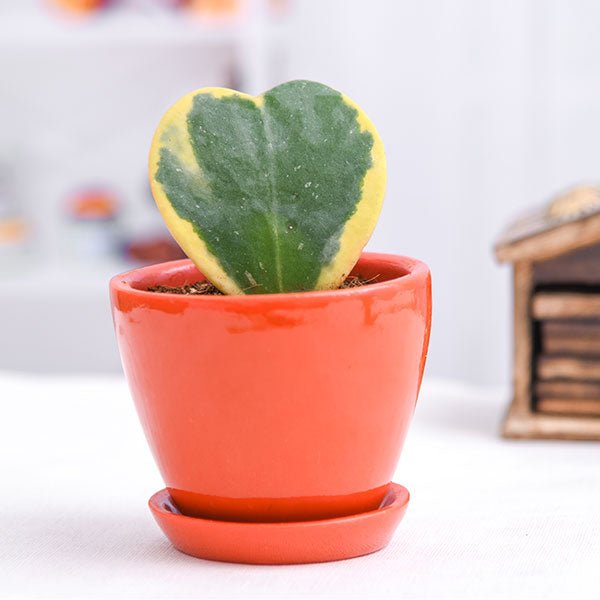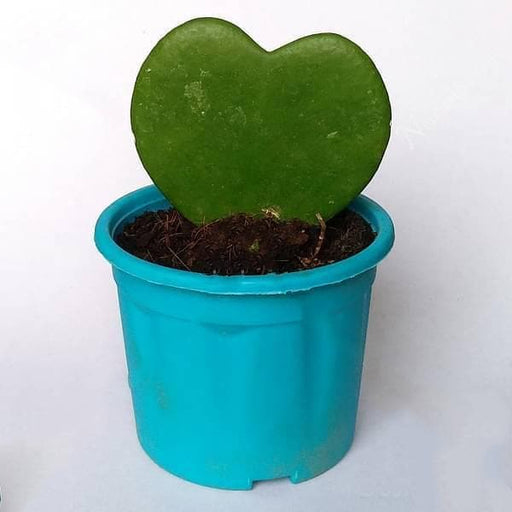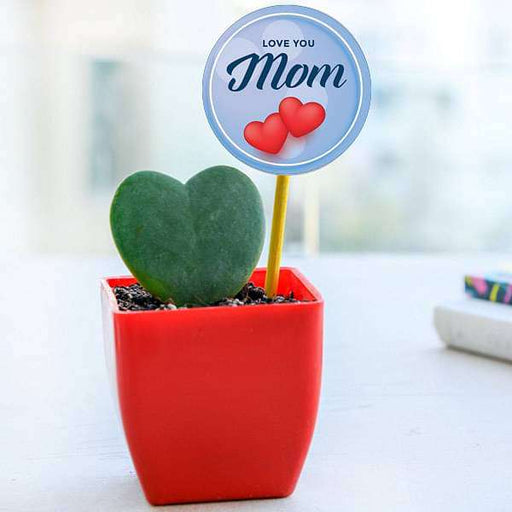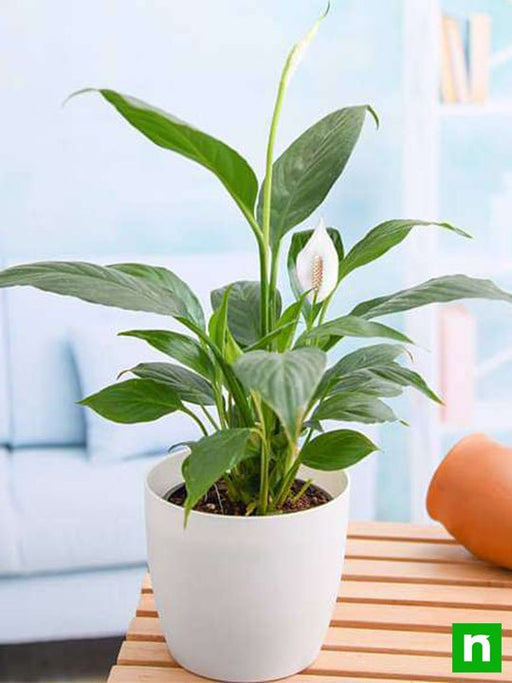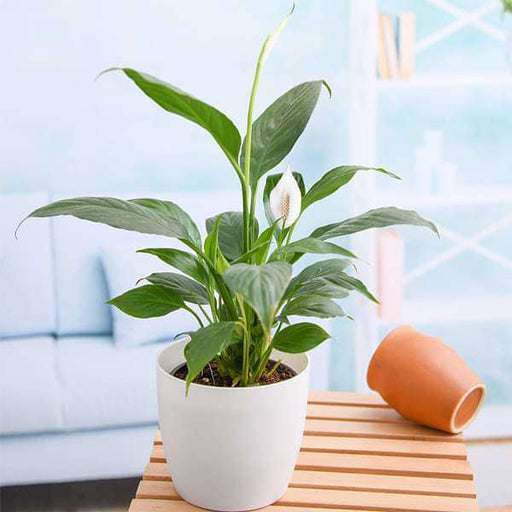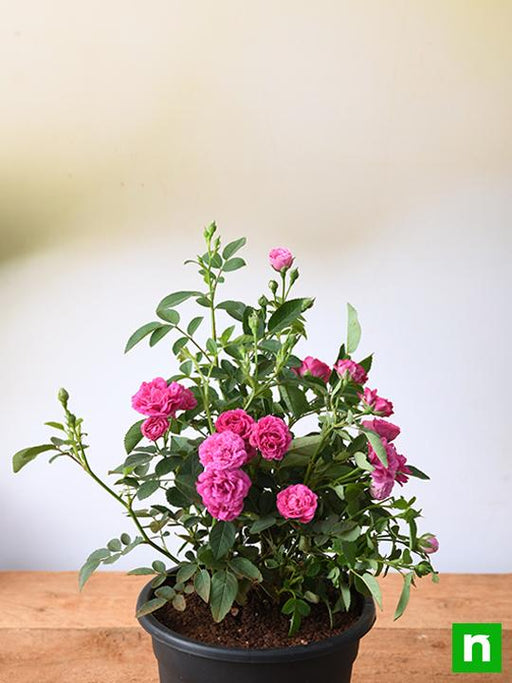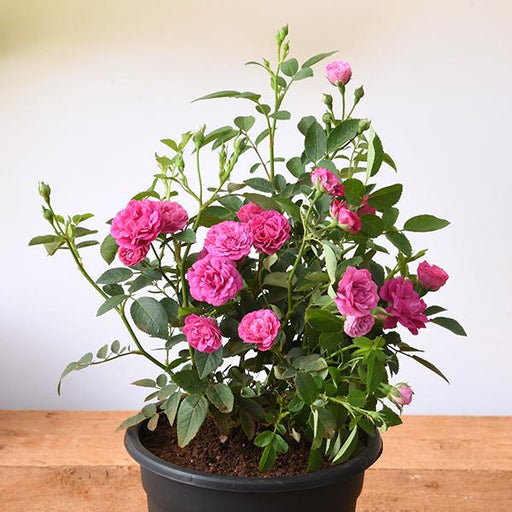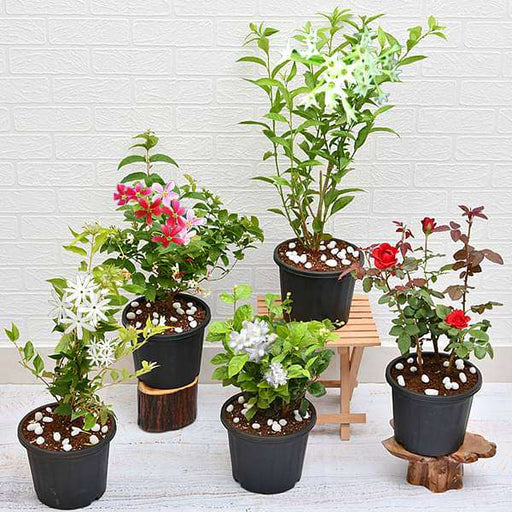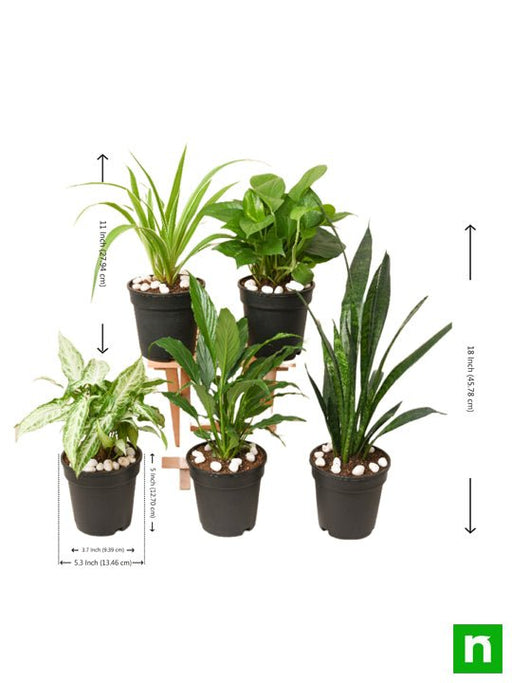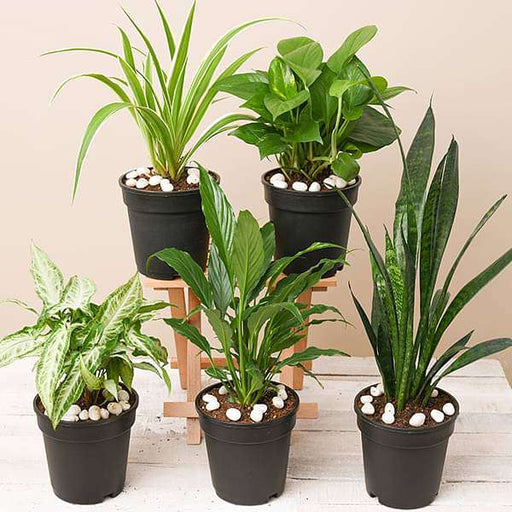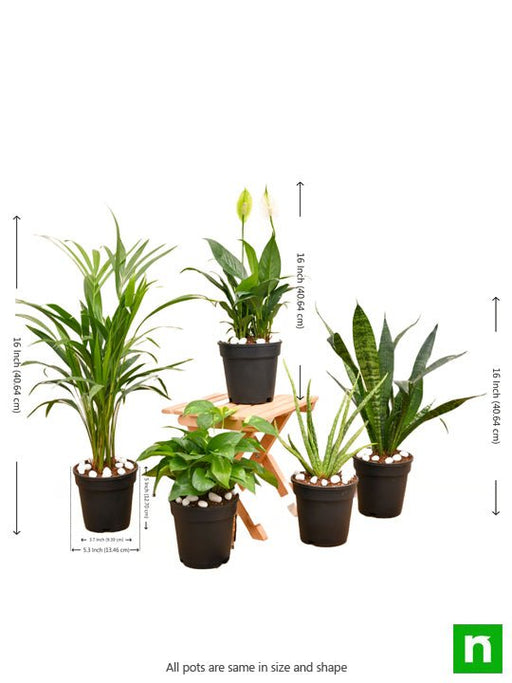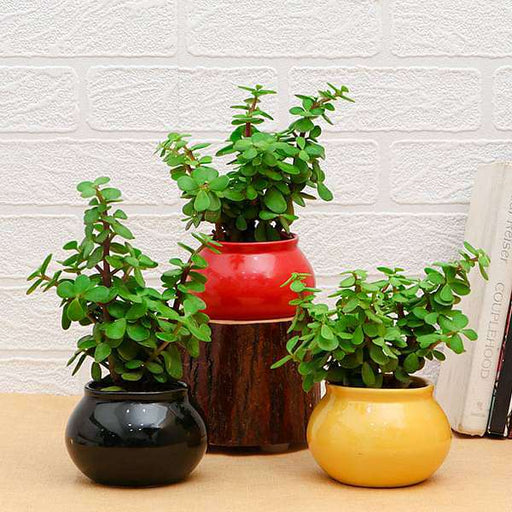Hoya Plant Varieties
Dazzle your senses with our captivating collection of Hoya plant varieties. From cascading vines to vibrant blooms, find the perfect Hoya to elevate your indoor jungle.
Hoya Plant Care
Are your Hoya plants throwing a tantrum? Fear not! Our expert guide to Hoya plant care will have them thriving and flourishing in no time.
Hoya Plant Propagation
Spread the Hoya love! Master the art of Hoya plant propagation and share these enchanting beauties with your friends and family.
Hoya Plant Soil
Lay the groundwork for Hoya success with the perfect soil blend. Discover the ideal soil composition for healthy, happy Hoya plants.
Hoya Plant Fertilization
Feed your Hoya plants the nutrients they crave! Explore the world of fertilizers and find the perfect mix for growing lush, vibrant Hoyas.
Hoya Plant Watering
Quench your Hoya plants' thirst without drowning them. Learn the delicate art of watering Hoya plants, ensuring a happy, hydrated indoor garden.
Hoya Plant Light Requirements
Let there be light! Uncover the ideal light conditions for Hoya plants, and watch them bask in the glow of perfectly tailored illumination.
Hoya Plant Pruning
Snip, snip, snip – time for a trim! Master the art of Hoya plant pruning for a well-groomed and thriving indoor garden.
Hoya Plant Repotting
Give your Hoya plants room to grow! Our expert guide to Hoya plant repotting will have your precious plants settled into their new homes in no time.
Hoya Plant Pests
Pesky critters invading your Hoya paradise? Identify common Hoya plant pests and learn how to protect your indoor garden without compromising your plants' health.
Hoya Plant Diseases
Keep pathogens at bay and protect your Hoya plants! Learn about common Hoya plant diseases and how to prevent them from wreaking havoc in your indoor garden.
Hoya Plant Blooms
Revel in the beauty of Hoya plant blooms! Discover the secrets to coaxing your Hoya plants into producing their mesmerizing flowers.
Hoya Plant Toxicity
Curious about Hoya plant toxicity? Learn whether these enchanting plants are safe for your furry friends and family members.
Hoya Plant Cultivars
Embrace Hoya diversity with our stunning selection of Hoya plant cultivars. From unique foliage to show-stopping blooms, find the perfect Hoya to add to your collection.
Hoya Plant Online Shops
On the hunt for your next Hoya treasure? Browse our list of top-quality Hoya plant online shops and find the perfect addition to your indoor garden.
Hoya Plant Instagram Accounts
Can't get enough of Hoya plants? Follow these fabulous Hoya plant Instagram accounts for a daily dose of inspiration and Hoya envy.
Hoya Plant Community
Connect with fellow Hoya enthusiasts! Join the vibrant Hoya plant community and share your love for these enchanting plants with like-minded individuals.
Hoya Plant History
Delve into the fascinating history of Hoya plants. From their origins in Asia to their worldwide popularity, uncover the story behind these captivating beauties.
Hoya Plant Care Mistakes
Avoid common Hoya plant care blunders with our guide to Hoya care mistakes. Learn from the mishaps of others and keep your Hoya plants thriving.
Hoya Plant Fun Facts
Amaze your friends with fascinating Hoya plant trivia! Dig up little-known facts about Hoya plants and become the life of the indoor garden party.

